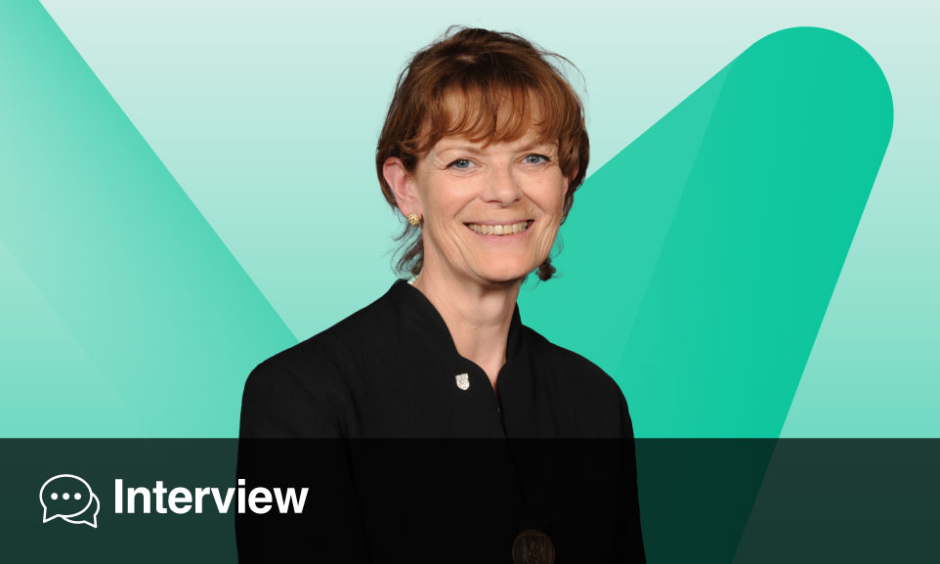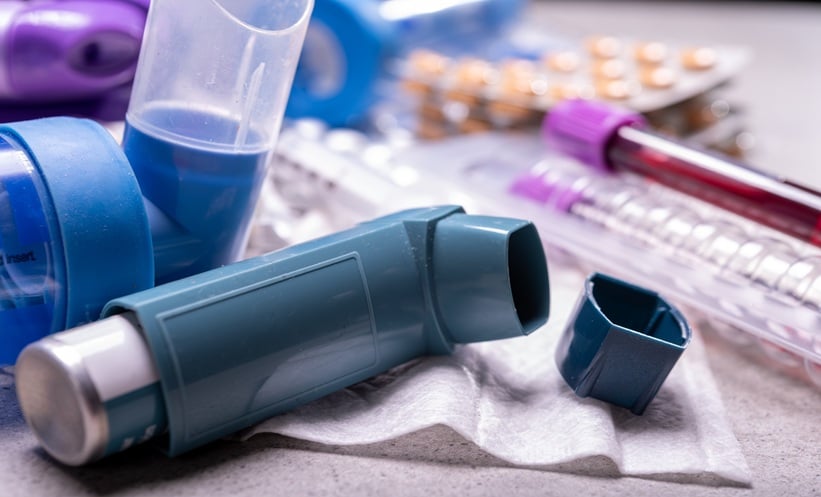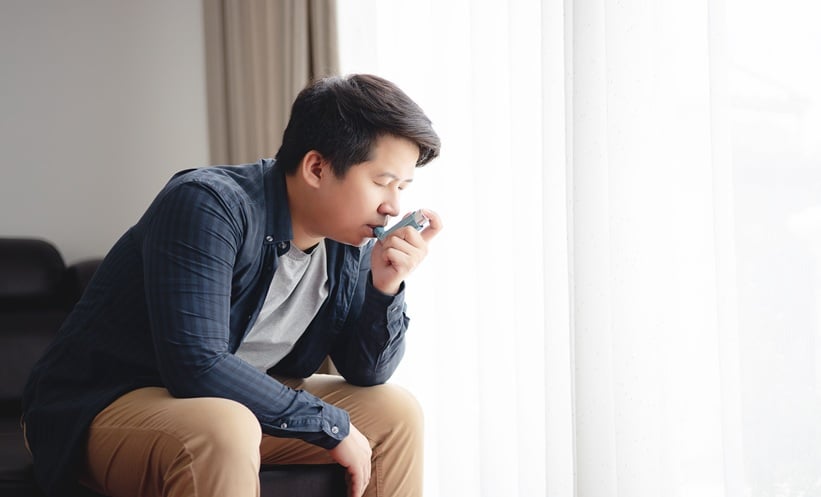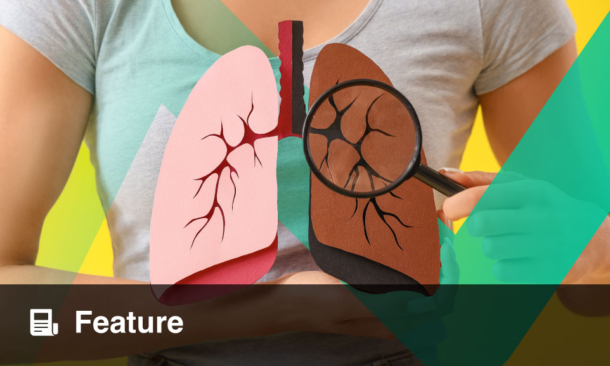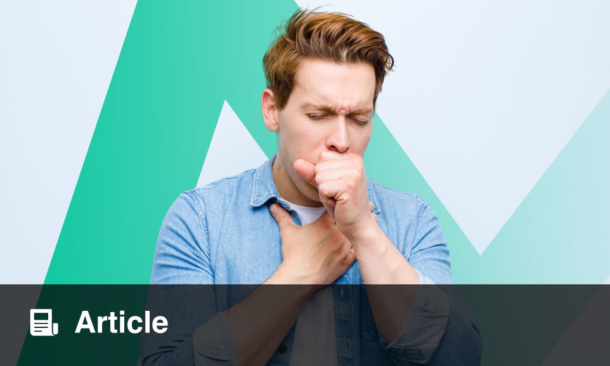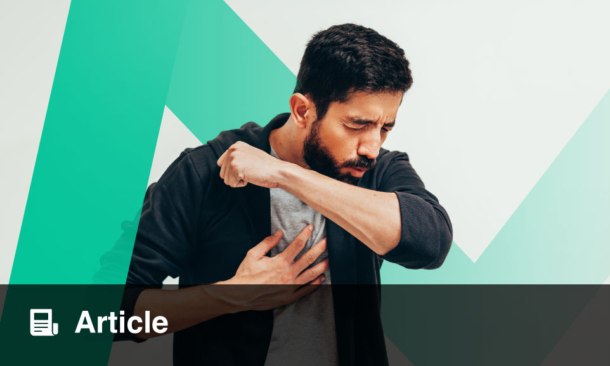Mary Morrell | Professor of Sleep and Respiratory Physiology, National Heart and Lung Institute, Imperial College London; Head of the Pears Cumbria School of Medicine, UK
Citation: EMJ Respir. 2025;13[1]:85-87. https://doi.org/10.33590/emjrespir/HQQH2938
![]()
You were recently honoured with the European Respiratory Society (ERS) 2025 Presidential Award for your contributions to sleep-related health and respiratory medicine. What does this recognition mean to you, and how do you hope it will inspire the wider respiratory community?
When I started my career, I did not imagine being one of those people up on stage. It was definitely emotional, more so than I expected; I felt really humbled by it. Having watched the ceremony for many years, I reflected afterwards on why it meant so much to me.
Part of the reason was that I’ve always admired the way the ERS supports not just research but also education. My award was partly for education and mentorship, and I think that the ERS’s efforts to make sure that people, particularly those with less access to education, can still benefit from its courses are really admirable. It’s a community that works together, and that made the award even more meaningful.
I also hope that, since the award recognised both research and education, it will inspire others to contribute to either of those areas.
Your group’s work on sleep-disordered breathing has influenced national care guidelines and improved treatment options for patients with sleep apnoea. Which findings do you consider most impactful, and what gaps remain in patient care?
I think that the most impactful work has been showing that the treatment of mild sleep apnoea can be beneficial for patients who have symptoms. Even if someone has relatively few respiratory events per night, they can still be quite symptomatic, and if they are, treatment can make a big difference. It took rigorous studies to demonstrate that. The fact that our data were included in the National Institute for Health and Care Excellence (NICE) guidelines1 meant there is now a national standard in the UK, and that had a global ripple effect. Colleagues from around the world contacted me about extending similar guidance in their own countries.
My group has also done innovative studies on the role of intermittent hypoxia in cognitive decline and on alternative treatments, such as positional therapy for certain types of sleep apnoea. But yet, the work on mild sleep apnoea has probably made the biggest impact overall.
One of your goals has been to increase awareness of sleep-related health. What do you think are the biggest misconceptions about sleep disorders among clinicians and the public, and how can these be addressed?
One of the most important recent insights is that sleep apnoea doesn’t look the same in everyone. For example, in women, symptoms can present differently. They may not always report excessive sleepiness. Some may even describe difficulty sleeping rather than feeling sleepy. So, it’s really about broadening people’s understanding and helping clinicians recognise that sleep apnoea can look different across populations. In particular, it’s important not to dismiss the possibility of sleep apnoea in women.
More generally, we’ve made progress in breaking down stereotypes about who gets which diseases, and that’s a good thing. Greater media attention has also helped raise awareness.
You set up a UK respiratory sleep research network to connect teams and translate findings into practice. How has this network strengthened research and clinical care, and do you see potential for similar initiatives?
It sounds quite grand, but our network is an informal group that has worked together to collaborate on some of the larger funded trials.
The idea came from recognising that, in a relatively small country, we could achieve much more by working together. I took a lot of inspiration from the Spanish Sleep Network, which was doing fantastic, networked research that allowed them to collect data from larger populations. So, we started linking up with colleagues across the UK to work on shared studies. Our first collaboration looked at sleep apnoea in older adults: there is sometimes an assumption that older people just get sleepy naturally, but we showed that treatment of sleep apnoea can improve symptoms for this group.
From there, we moved on to studies of mild sleep apnoea, and others explored mandibular advancement devices and positional devices. It was a really good mode for working together. We learned a lot from our colleagues in Spain and France, who already had strong collaborative structures. Ultimately, you achieve more and enjoy it more when you work together.
As Former Director of Phase One at Imperial College London; and Head of the Pears Cumbria School of Medicine, Carlisle, UK, you’ve led significant curriculum reforms. How do you ensure that medical students are prepared to meet the evolving challenges of respiratory medicine and patient care?
I think it is important to highlight to students the importance of prevention. We often focus heavily on the treatment of lung cancer, chronic airway diseases, asthma, etc., but prevention is crucial. This includes smoking cessation, clean air initiatives, cardiovascular and respiratory fitness, and even understanding how breathing and being outdoors can support mental health. That might sound a little unexpected, but it’s an important point.
I suppose my focus on prevention also reflects the wider context; at the ERS Congress, there was a strong emphasis on global health, prevention, climate change, and community care, all of which link closely to respiratory health.
Finally, looking ahead, what are the most exciting opportunities and pressing challenges in sleep and respiratory medicine? How do you see research, education, and professional societies like the ERS shaping the future of the field?
It’s tempting to point to a particular treatment area, but what’s really important is innovation, especially from people coming into the field. When you’re new to a discipline, you see things differently, and that’s where breakthroughs come from. I often tell my students, “You’ll be the one to make the next big discovery. If I were going to do it, I’d have done it by now!”
Fresh perspectives and the courage to question assumptions are essential. I really admire how the ERS supports people in the early stages of their careers, giving them a platform to share ideas, connect, and learn from others in an open and supportive environment. That’s vital in a world where people are increasingly siloed. The society brings everyone together and fosters genuine communication, and that’s something to celebrate. And I have to say, Silke Ryan, the has been truly inspirational in the way that she’s brought people together in what can currently feel like quite a difficult world. That kind of leadership really matters.

